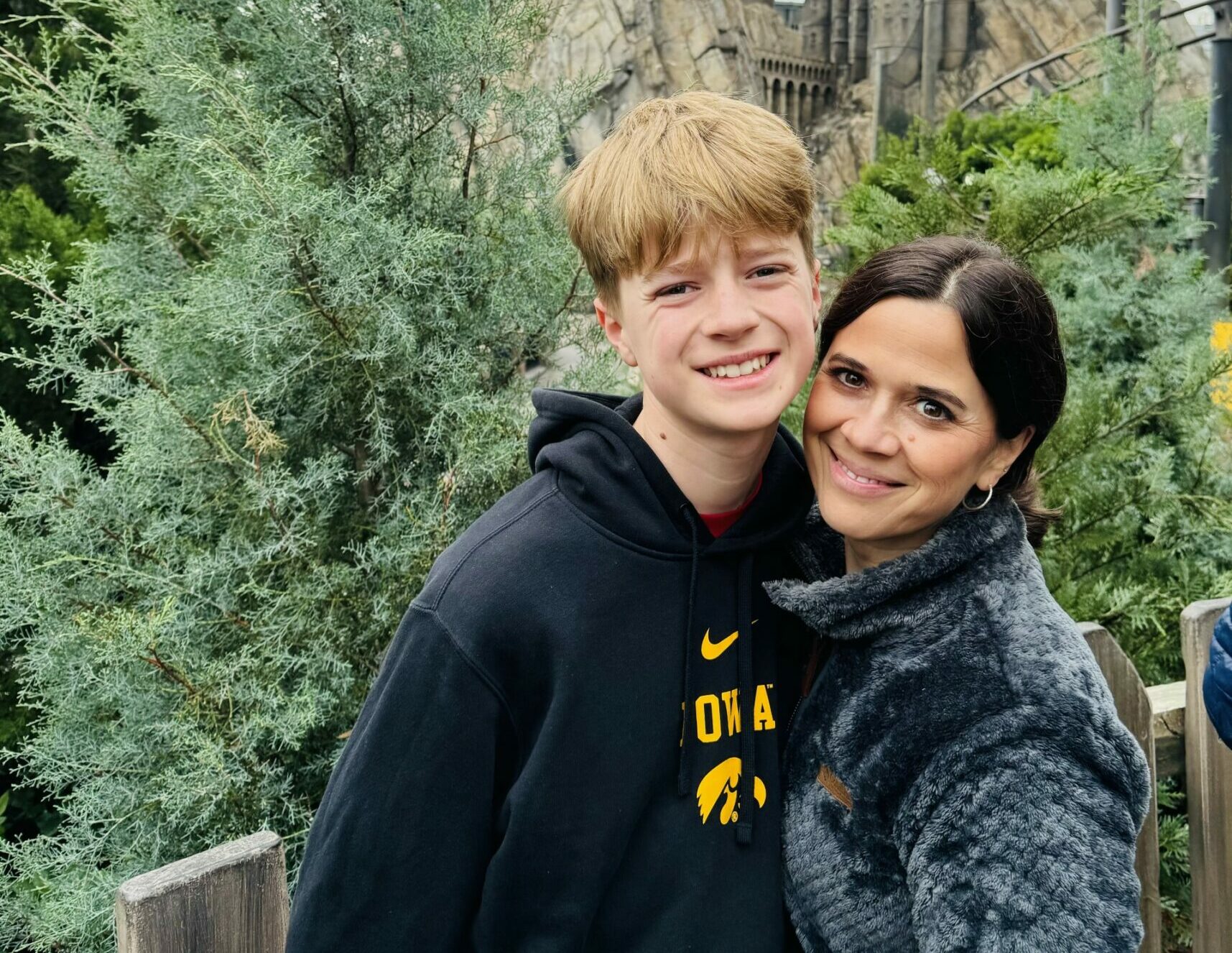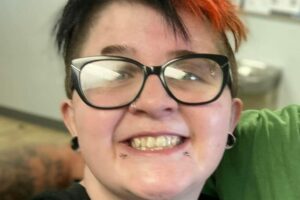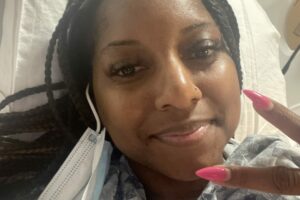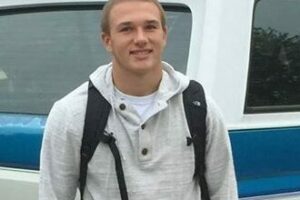In October 2023, I had just returned from a Florida vacation. The following day, I woke up with a subtle ache in my left calf. When I shared with my husband, he casually said, “Do you have a blood clot?”
But after years of international flights with no issues, it was easy to attribute the discomfort to paddle boarding for the first time.
That week, I continued to monitor my leg. When I noticed the pain radiating towards my hip, I scheduled an appointment with my internist. They ordered a D-dimer, which came back elevated.
I was quickly moved on to an ultrasound. The tech stated, “I’m 90% sure you don’t have a blood clot because there is no swelling.” I was sent home.
Six hours later, I woke up in pain with my leg swollen to three times the size. I immediately went to the ER. A CT scan revealed a clot in my leg, or deep vein thrombosis. I was sent home with two days’ worth of enoxaparin sodium and told to follow up on Monday.
Thanks to my internist, I got in quickly and learned I had a calf-to-groin DVT and needed urgent intervention. I headed to the ER only to wait again. Eventually, I was sent to the cath lab and an IV with clot-busting meds was inserted in my ankle. I had to lie flat in the ICU for 32 hours followed by a thrombectomy the next day.
During the procedure, they learned I have May-Thurner syndrome and I received a stent. I spent six weeks working to regain my strength only to learn during my follow-up ultrasound my stent had reoccluded, despite having no symptoms.
A short time later, I was back in the ICU for the same procedures I had done a month prior. Two more stents were added near the original stent and I was put on enoxaparin sodium injections for five weeks before switching to rivaroxaban.
In addition to MTS, I was also found to be positive for heterozygous factor II prothrombin gene mutation.
Since the second surgery, I’ve worked hard to regain my physical health and recently celebrated this strength by spending four days walking 15,000+ steps per day at Universal Studios with my family. Each day I continue to work on the mental healing that comes with a DVT diagnosis and recovery.
I started counseling shortly after my second surgery. I needed help managing my health anxiety and constant body surveillance that was consuming my mind. I put even greater priority on what is important: family, exercise, an anti-inflammation diet, hydration, compressions, mindfulness and reducing stress.
My advice to others is to listen to your intuition, manage fear, and advocate for your medical care. If possible, choose a medical team that you feel confident in and listens to you. Don’t be afraid to seek out a second opinion.
Resources
Travel and Blood Clots
May-Thurner Syndrome
Factor II Prothrombin Gene Mutation




